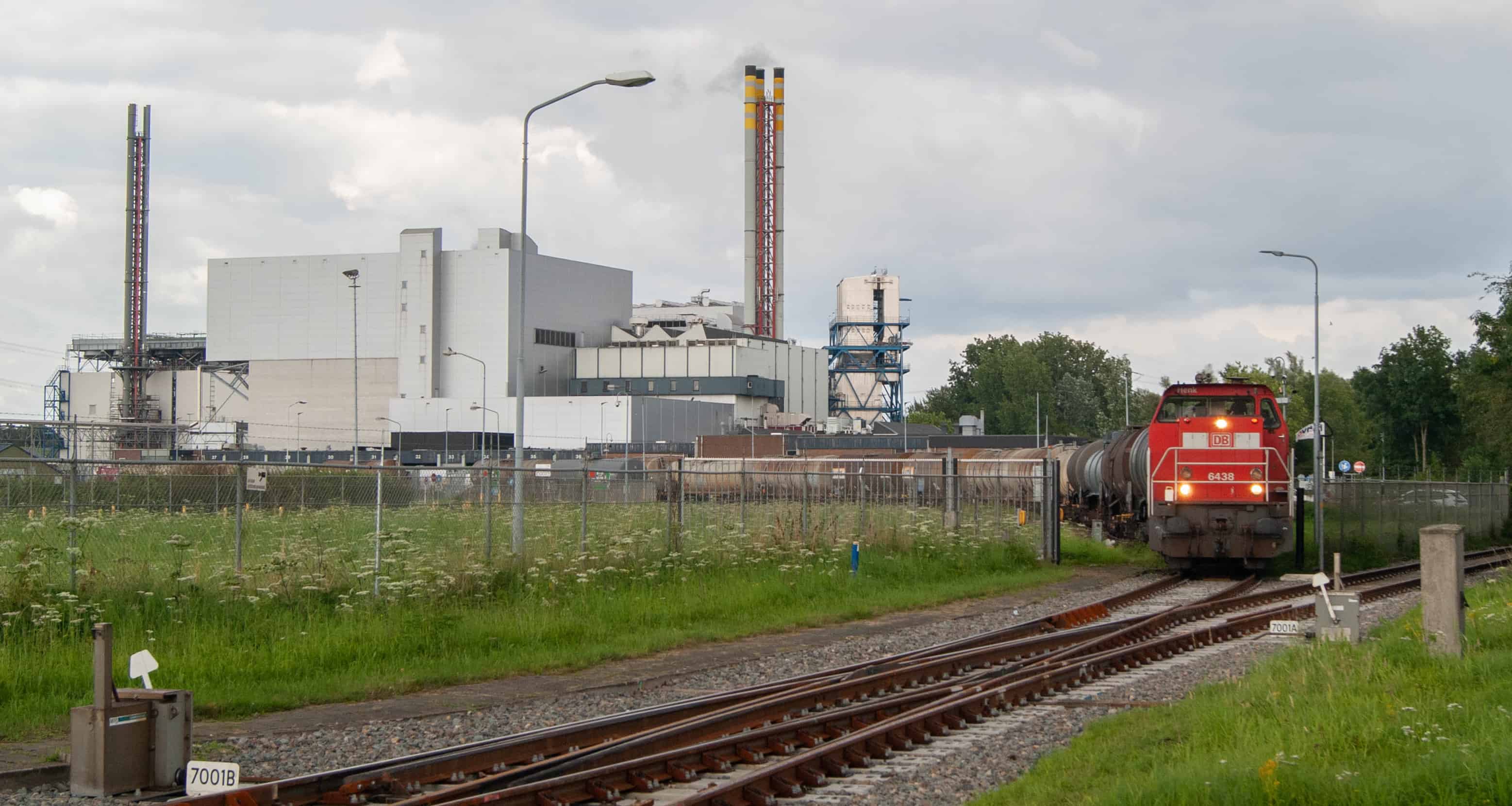
A recent paper reveals that DuPont and 3M, the largest manufacturers of PFAS, hid the truth about the toxicity of their products for decades. PFAS, known as “forever chemicals,” have been used in various commercial applications since the 1940s. They persist in the environment and bioaccumulate in humans and animals, causing serious health and environmental issues. The study shows that by 1970, these companies knew PFAS were “highly toxic when inhaled and moderately toxic when ingested,” but it took 40 years for the public health community to become aware of their dangers. The industry employed strategies similar to those used by the tobacco and pharmaceutical industries to manipulate science and regulation, suppressing unfavorable research.
Industry’s role in delaying PFAS toxicity awareness
Previously secret documents from DuPont and 3M examined in the study indicate that these industry giants knew about the toxicity of PFAS long before the public health community did. The companies used tactics similar to those employed by the tobacco, pharmaceutical, and other industries to sway science and regulation, including suppressing negative research findings and distorting public discourse.
Due to the delay in disclosing PFAS harms, billions of dollars in health and environmental damages have been incurred globally. Many countries are now pursuing legal and legislative action to limit PFAS production and protect public health. The study highlights the importance of transparency and accountability in the production of chemical toxicity research, as well as the need for a shift towards more precautionary principles in chemical regulation.
Impact of PFAS on communities and the environment
PFAS are now ubiquitous in the population and environment, having been used in a wide range of commercial applications since the 1940s. In the Netherlands, recent research by the RIVM found high levels of PFAS in vegetables and fruits grown in private gardens in the municipalities of Dordrecht, Sliedrecht, Papendrecht, and Molenlanden. The study advised residents to eat less frequently from their own gardens and alternate with supermarket produce to reduce exposure.
Legal disclosures and investigative reports have uncovered that PFAS manufacturers were aware of the toxic effects of these chemicals on human health and the environment long before the public health community established their toxicity. For instance, PFOA (perfluorooctanoic acid) was not publicly acknowledged as harmful to humans until 2011, following the reports of the C8 Science Panel. Systematic reviews have shown sufficient evidence linking developmental exposure to PFOA with restricted fetal growth, dyslipidemia, and immune hazards to humans. There are also suggestions of a relationship between PFOA exposure and neurological and behavioural disorders, such as ADHD, autism, and schizophrenia.
Regulatory challenges and corporate denial
Regulating PFAS exposure worldwide has proven to be a challenge, with no consistent approaches established. In the US, the EPA issued a non-enforceable lifetime Health Advisory for exposure to PFOA and PFOS in drinking water of 70 parts per trillion in 2016. However, independent scientists argue that even this figure is too high to be health-protective and have suggested a limit of 1 ppt.
Despite mounting evidence of PFAS-related health hazards, chemical companies like 3M, Chemours, and DuPont continue to deny responsibility for the contamination of US water supplies, which has been found in nearly all Americans’ bodies. In a hearing reminiscent of those with tobacco companies in the 1990s, these companies faced US lawmakers but stood firm in their denial. Their defences have been described as “ridiculous” by some representatives, while others pointed out the companies have made millions selling these chemicals without taking responsibility for their consequences.







